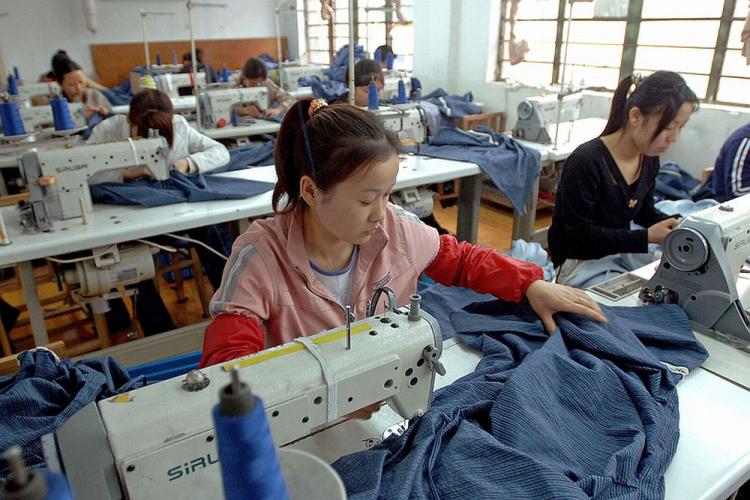Chinese Apparel Industry Blindsided by Higher Costs
China’s apparel market faces a decidedly less robust future as the age of low prices resulting from cheap labor and low inflation seems to be ending.

Clothing factories similar to this one in Anhui province, are facing crushing cost pressures. AFP/Getty Images
|Updated:





